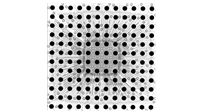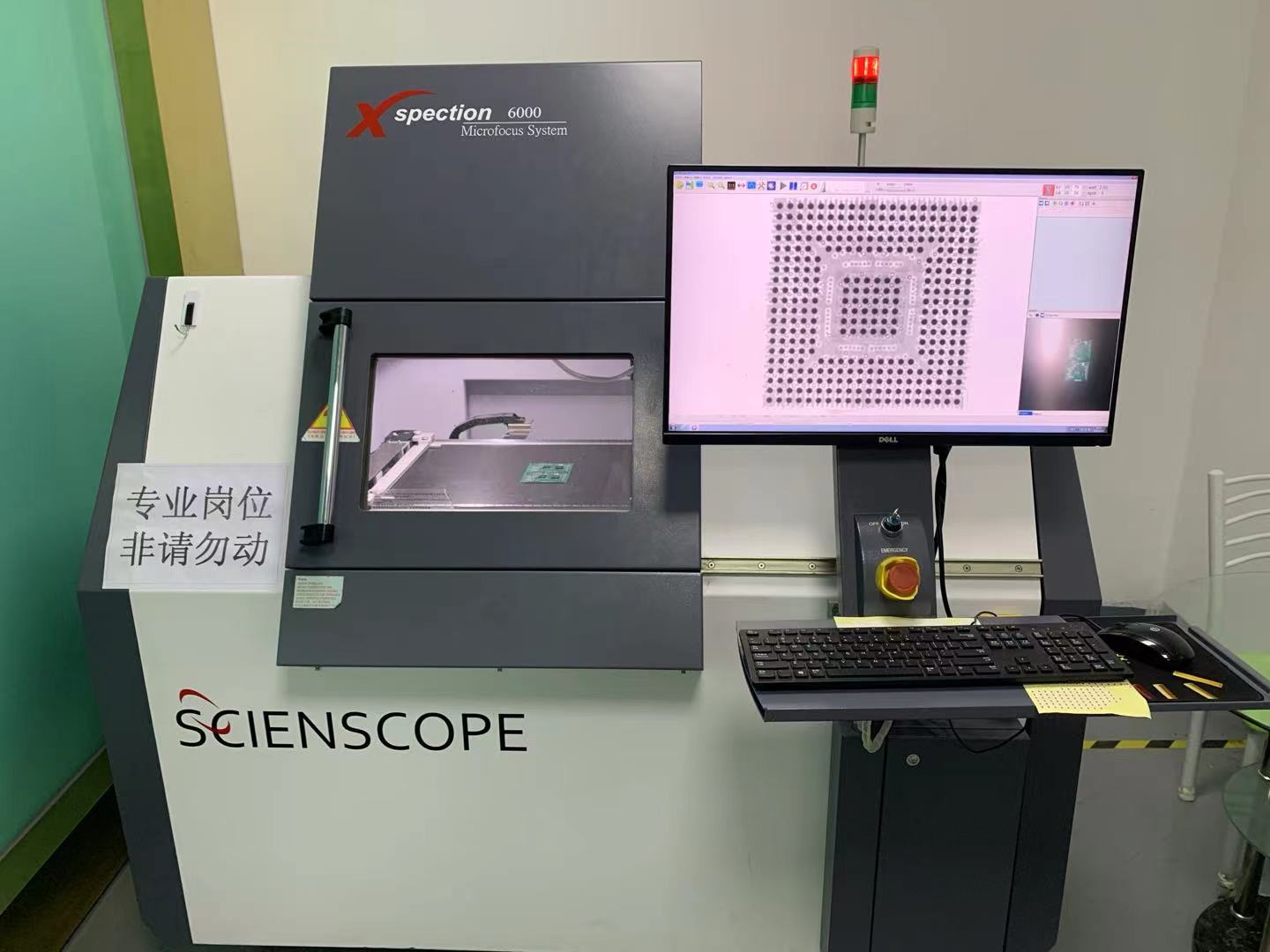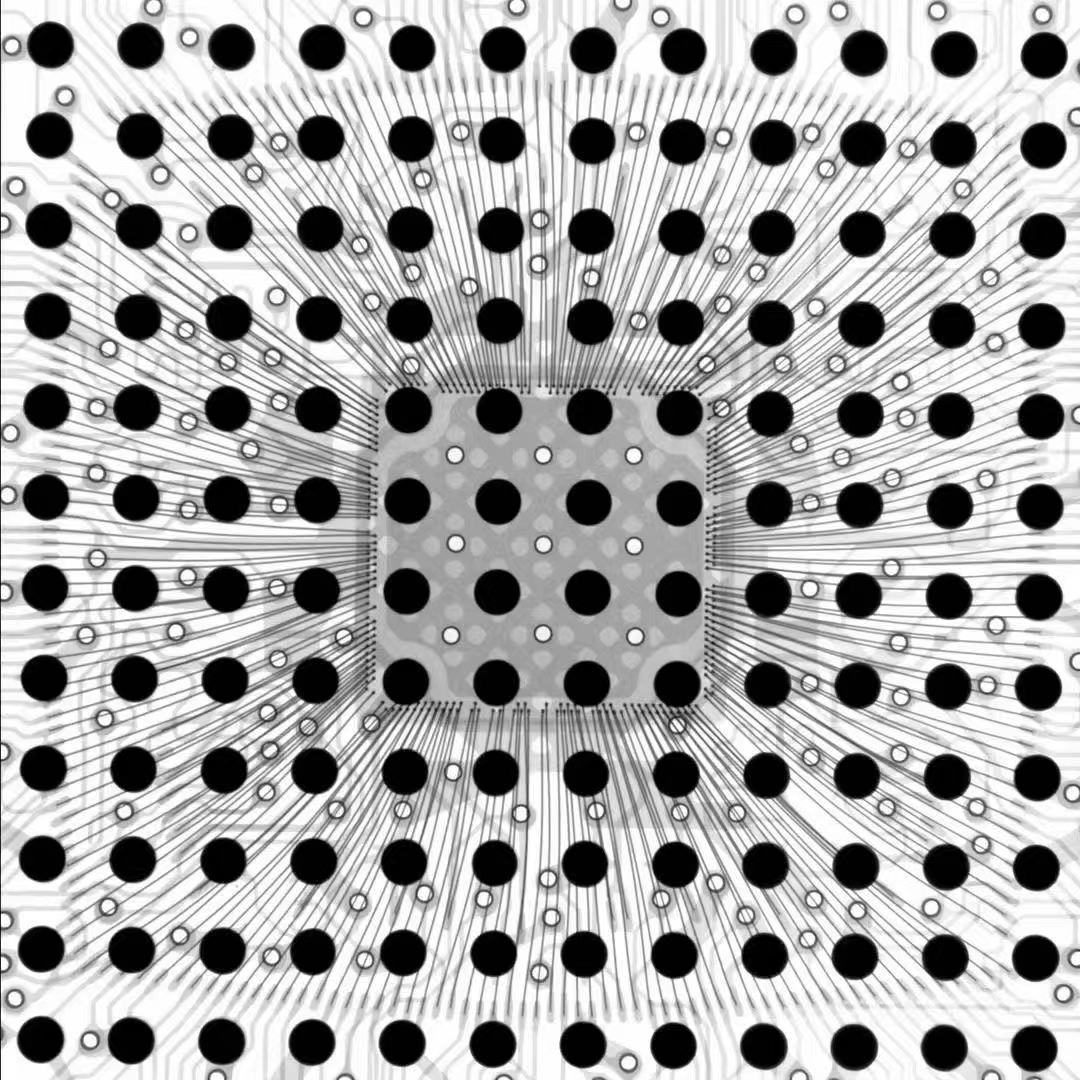全球PCB打样服务提供商
无论多急,都能如期



BGA(Ball Grid Array)是一种常见的集成电路封装类型,它具有许多小球形焊盘,通常位于芯片的底部。由于这些小球很小且紧密排列,因此对于BGA焊接的质量和连接状态进行检测是至关重要的。X射线(X-ray)检测是一种用于BGA检测的常见方法,它可以提供非破坏性的内部图像,帮助评估焊接质量。
以下是关于BGA X-ray检测的一些关键点:
非破坏性检测: X-ray检测是一种非破坏性测试方法,可以在不影响BGA焊点的情况下查看焊点和连接状态。
焊点质量: X-ray可以揭示焊点的质量,包括焊料的均匀性、焊盘与焊球之间的连接是否牢固,以及是否存在焊接缺陷(如冷焊、干焊等)。
焊接间隙: X-ray可以检测焊盘和芯片之间是否存在过大或过小的间隙,帮助确定焊接的准确性。
位置偏移: X-ray可以显示焊球的位置是否与焊盘对齐,以防止焊球偏移或错位。
内部结构: 除了焊点质量,X-ray还可以提供有关BGA内部结构的信息,如是否存在空腔、内部线路连接等。
检测要求: BGA的小尺寸和紧密排列可能需要高分辨率的X-ray系统,以便准确检测细微的焊接问题。
操作注意事项: 在进行X-ray检测时,需要遵循安全操作规程,以确保操作人员和环境的安全。同时,设备的校准和正确设置也是确保测试结果准确的关键。
BGA X-ray检测是一种常用于评估焊接质量和连接状态的非破坏性方法。它对于保障电子产品的质量和可靠性具有重要作用,尤其是在高密度封装中。